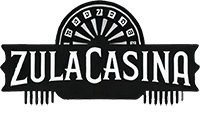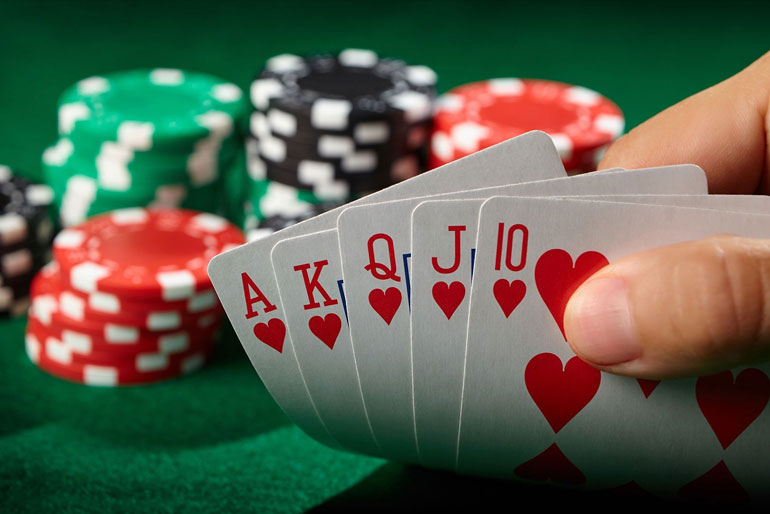Poker is a captivating card game that has entertained players for centuries. Whether you’re a novice or a seasoned player, understanding poker hand rankings is fundamental to success. This guide walks you through the hierarchy of poker hands, the significance of card values, probabilities, and answers common questions about what beats what in poker.
Poker Hand Rankings
The concept of hand rankings is the cornerstone of poker. These rankings determine the winner in a showdown. Familiarizing yourself with the hierarchy can significantly improve your gameplay and decision-making skills.
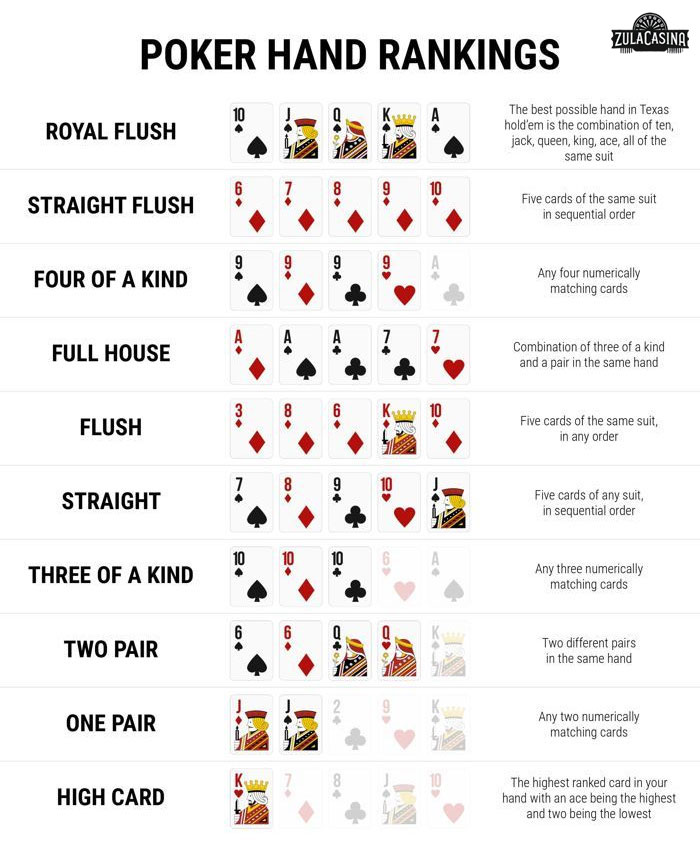
Understanding the Deck
How Many Cards Are in a Standard Deck?
A standard deck of poker cards consists of 52 cards divided into four suits: hearts, diamonds, clubs, and spades. Each suit contains 13 cards, ranging from Ace to King, Queen, Jack, and numbered cards 10 through 2.
Card Values and Their Importance in Poker
In poker, card values are critical for determining hand strength. The Ace is unique as it can act as the highest or lowest card depending on the situation. Face cards (King, Queen, Jack) carry significant value in forming strong hands like straights and flushes.
Poker Hands Ranked in Order Best to Worst
Royal Flush
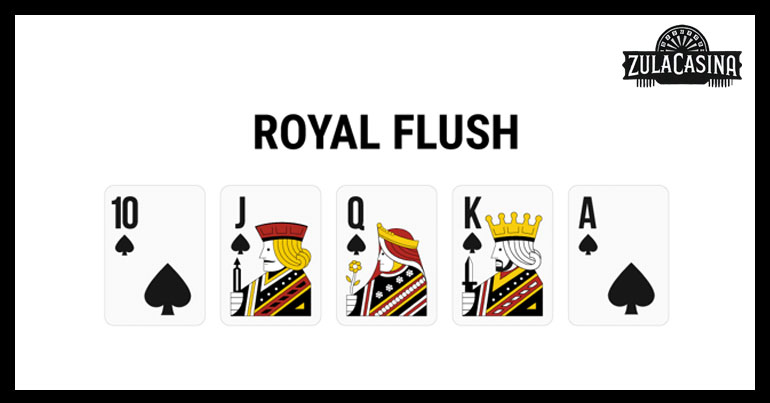
The ultimate poker hand, consisting of Ace, King, Queen, Jack, and 10, all of the same suit. This is unbeatable and exceedingly rare.
Straight Flush
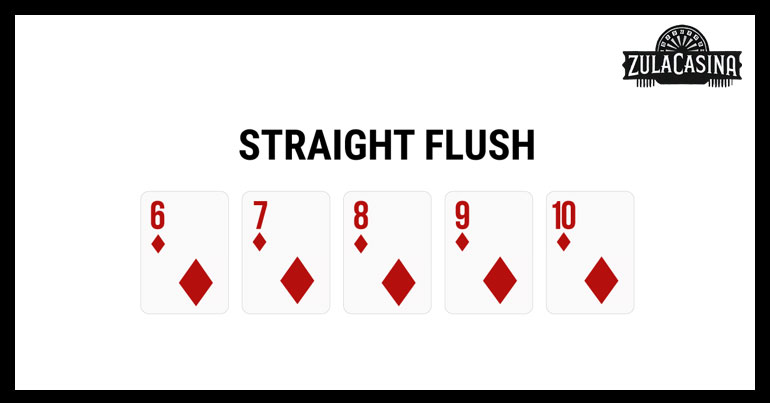
Five consecutive cards of the same suit, such as 7, 8, 9, 10, and Jack of spades. This ranks just below a royal flush.
Four-of-a-Kind
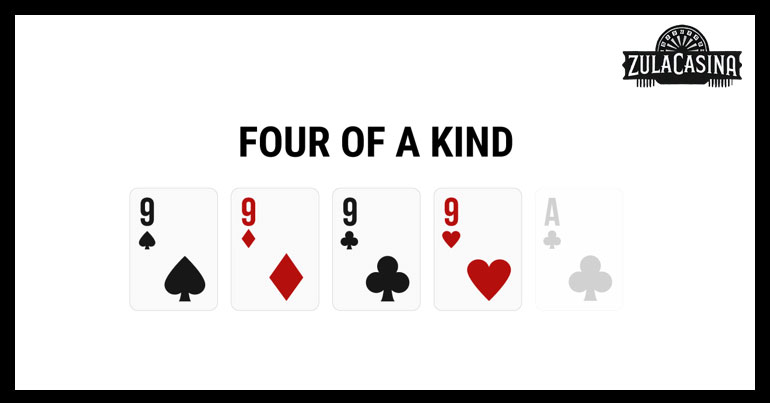
Four cards of the same rank, such as four Kings. The fifth card, known as the kicker, determines the winner in case of a tie.
Full House
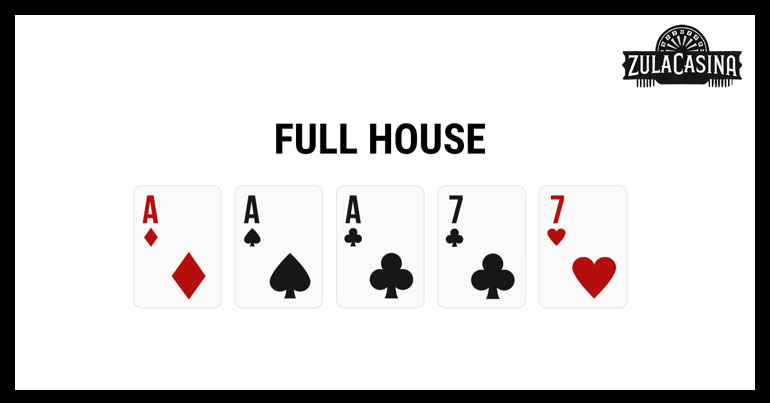
A combination of three cards of one rank and two cards of another, like three 8s and two 4s. This hand ranks above a flush.
Flush
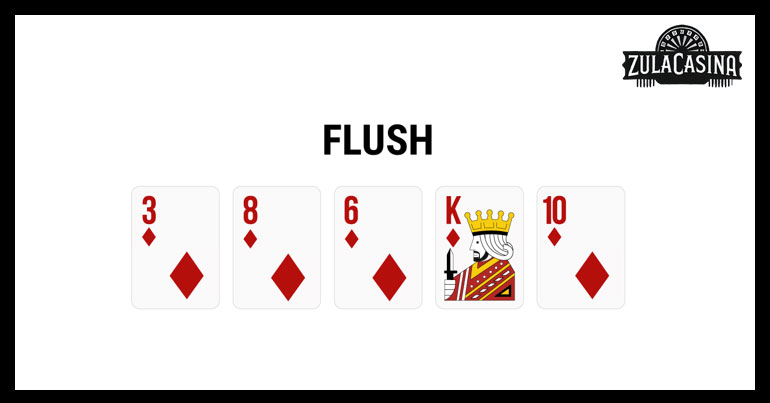
Five cards of the same suit, not in sequence. The highest card in the flush determines its strength.
Straight
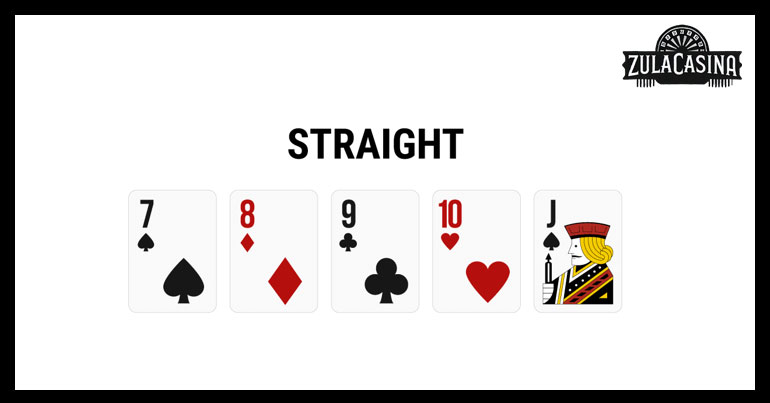
Five consecutive cards of different suits, such as 4, 5, 6, 7, and 8. The suit does not matter.
Three-of-a-Kind
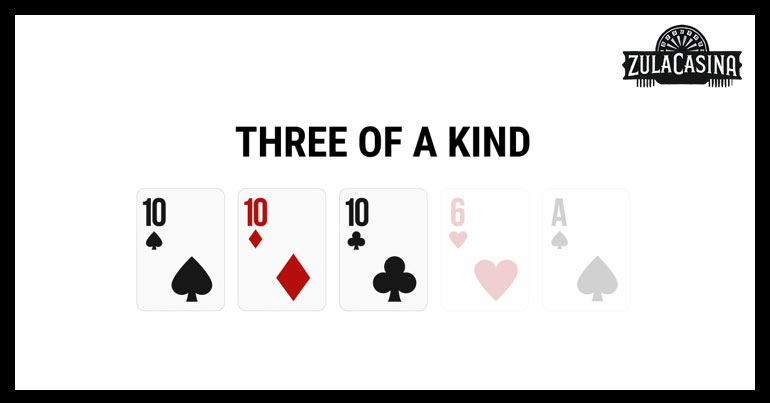
Three cards of the same rank, with two unrelated cards. For instance, three 7s.
Two Pair
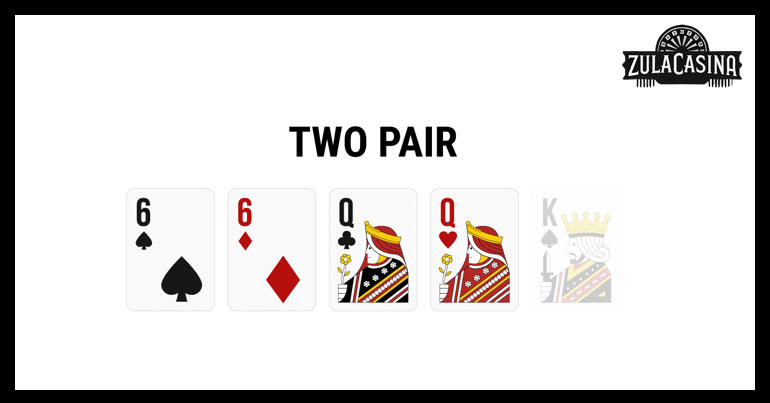
Two sets of two cards of the same rank, like two 5s and two Queens. The fifth card acts as the kicker.
One Pair
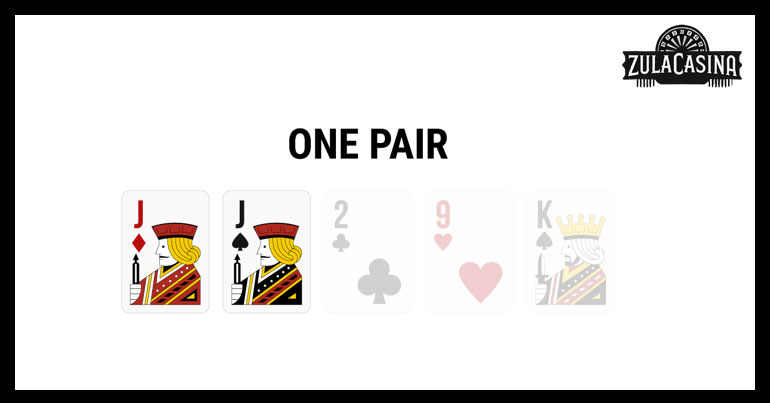
Two cards of the same rank, such as two Jacks. The remaining three cards are unrelated.
High Card
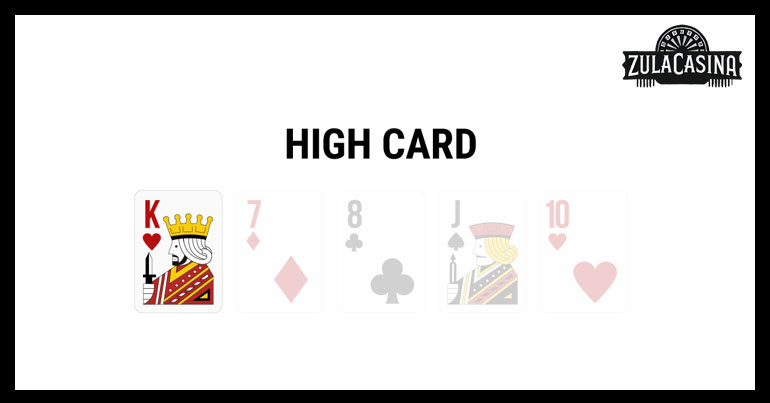
When no player has any of the above combinations, the highest card in the hand determines the winner. For example, an Ace-high hand beats a King-high hand.
Poker Hands Probability – Odds Table
Poker Hands Odds Table
| Poker Hand | Odds of Being Dealt | Probability (%) |
|---|---|---|
| Royal Flush | 1 in 649,740 | 0.00015% |
| Straight Flush | 1 in 72,193 | 0.00139% |
| Four-of-a-Kind | 1 in 4,165 | 0.024% |
| Full House | 1 in 694 | 0.144% |
| Flush | 1 in 508 | 0.197% |
| Straight | 1 in 255 | 0.392% |
| Three-of-a-Kind | 1 in 47 | 2.113% |
| Two Pair | 1 in 21 | 4.753% |
| One Pair | 1 in 2.37 | 42.257% |
| High Card | 1 in 1 | 50.1177% |
Understanding Winning Poker Hands
The rarity of a hand corresponds to its strength. Hands like a royal flush are nearly impossible to encounter, while one-pair and high-card hands are more common.
What Beats What in Poker?
Royal Flush vs. Straight Flush – Which Poker Hand is Better?
A royal flush is superior to a straight flush due to its higher-ranking cards.
Full House or Flush – Which Poker Hand is Better?
A full house outranks a flush because it combines a three-of-a-kind with a pair, offering greater odds of winning.
Four of a Kind v Four of a Kind – Who Wins?
If two players have four of a kind, the rank of the four cards determines the winner. If they’re the same, the kicker comes into play.
Straight v Straight – Which Hand Wins in Poker?
When two players have straights, the one with the highest-ranking card wins. For example, a 10-high straight beats a 9-high straight.
Is One Suit Ranked Higher in Poker?
In most poker variants, suits do not have rankings. Hearts, diamonds, clubs, and spades are equal in value.
Poker Hand Absolute Value vs. Relative Value of Poker Hands
Absolute Value of Poker Hands
This refers to the intrinsic strength of a hand based on poker rankings. For instance, a royal flush is the strongest hand in absolute terms.
Relative Value of Poker Hands
The value of a hand relative to other hands in a specific game. For example, a pair of 2s might win in one game but lose in another depending on the opponents’ hands.
Poker Hands – What Beats What in Poker
Understanding both the absolute and relative values of hands helps in making better decisions during a game.
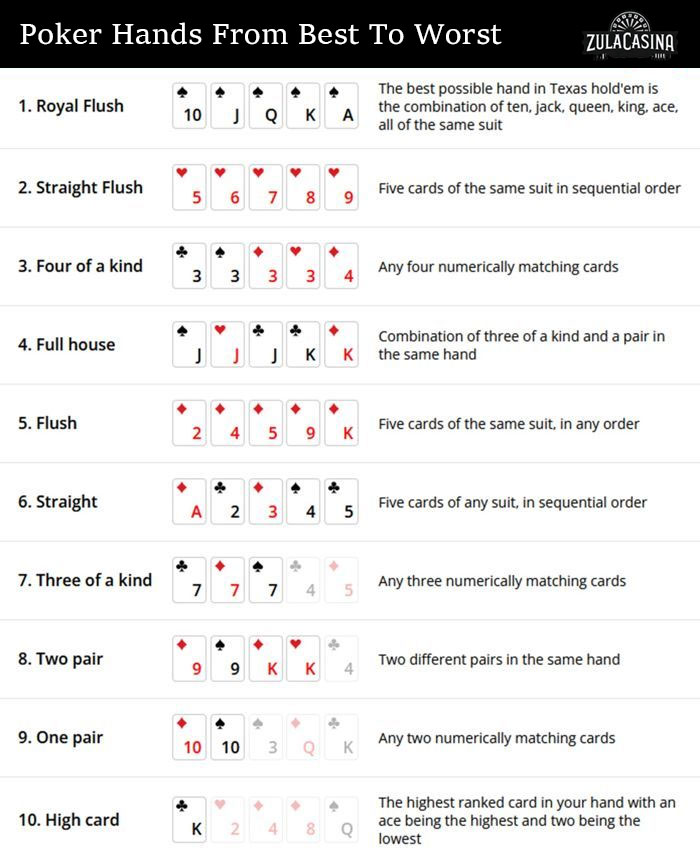
Conclusion: Poker Hand Rankings
Poker hand rankings are the foundation of every poker game. Mastering these rankings and probabilities enhances your strategic thinking and chances of success. Whether you’re playing casually or competitively, knowing what beats what is invaluable.
FAQS about Poker Hand Rankings
What is the highest-ranking poker hand?
The royal flush is the highest-ranking hand.
How many poker hands are possible?
There are 2,598,960 possible poker hands in a standard deck.
What happens if two players have the same hand?
The winner is determined by the kicker or the highest card not part of the hand.
What’s the rarest hand in poker?
A royal flush is the rarest.
Does suit affect the strength of a hand?
No, suits are of equal value in most poker variants.
